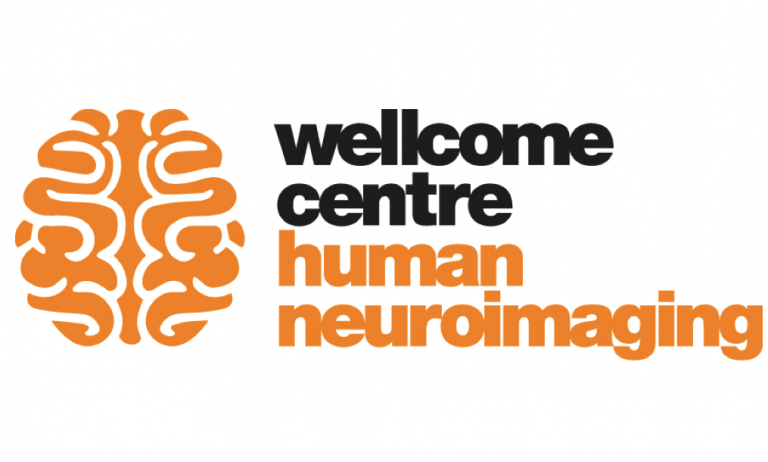Brain meeting: Prof. Heleen A. Slagter
11 January 2019, 3:15 pm–4:15 pm

Top-down vs. bottom-up? Effects of prediction and attention on sensory processing and perception
This event is free.
Event Information
Open to
- All
Cost
- Free
Organiser
-
Sam Ereira, Nadine Graedel and Dina Spano
Location
-
4th floor seminar room, WCHN12 Queen SquareQueen SquareLondonWC1N 3ARUnited Kingdom
Brain meeting
Perception is more than meets the eye: how we see the world is critically shaped by attention (what is relevant) and as a growing body of work indicates, by past experience (what is likely). Overturning the classical notion of perception as a largely bottom-up process of feature detection and evidence accumulation, the idea that our brain is a prediction machine, continually trying to predict what is ‘out there’ based on past experience, is quickly growing in stature and influence. Yet, little is still known about how predictions shape perceptual experience, independently and/or in interaction with attention. In my talk, I will present results from several behavioral and EEG experiments to address two specific outstanding issues. First, predictive processing theories propose that predictions reduce sensory signals as early as primary visual cortex (V1), and that attention can modulate these effects. Indeed, both prediction and attention have been shown to modulate V1 activity, albeit with fMRI, which has low temporal resolution. This leaves it unclear whether these effects reflect a modulation of the first feedforward sweep of visual information processing and/or later, feedback-related activity. In two experiments, we used EEG and orthogonally manipulated spatial predictions and attention to address this issue. Although clear top-down biases were found, as reflected in pre-stimulus alpha-band activity, no evidence was found for top-down effects on the earliest visual cortical processing stage (<80ms post-stimulus), as indexed by the amplitude of the C1 ERP component and multivariate pattern analyses. Later processing stages did show clear modulations by attention and prediction. Second, recent work indicates that distractor suppression may only emerge when information about the distractor can be derived directly from experience, suggesting that suppression of distracting information is expectation dependent rather than controlled by top-down inhibitory attentional mechanisms. Indeed, across several EEG studies, using ERPs and decoding and inverted encoding analyses, we found that as subjects learned about distractor features and/or locations, the brain stopped regarding the distractor as a distractor, as indicated in behavior and by the elimination of neural responses previously associated with active distractor suppression. Collectively, these findings shed novel light on how prediction and attention interact to bias visual processing and perception.
There will be coffee, tea and cake in the conservatory directly after the talk.
About the Speaker
Prof. Heleen A. Slagter
at VU University Amsterdam
 Close
Close

